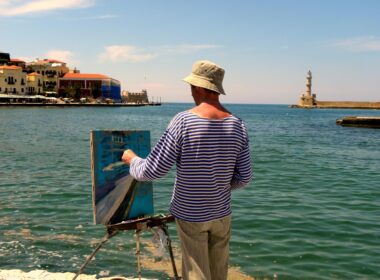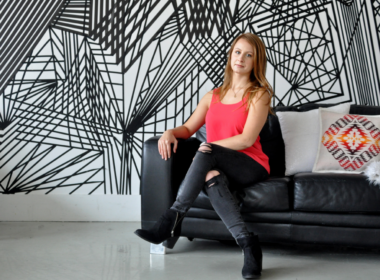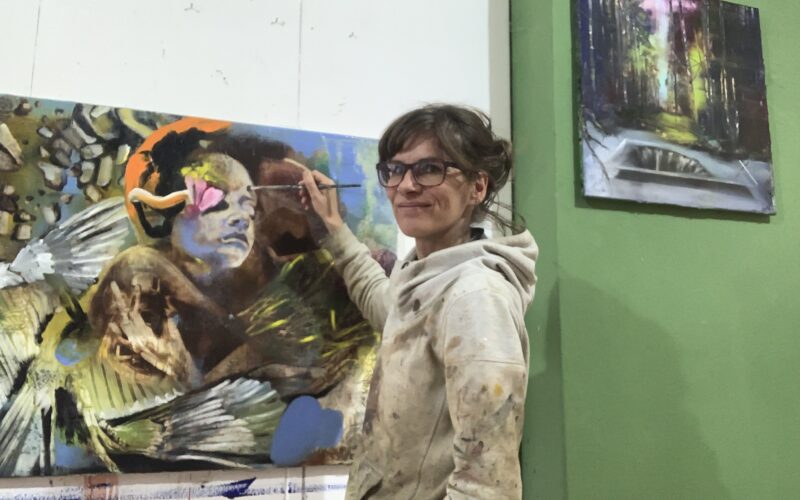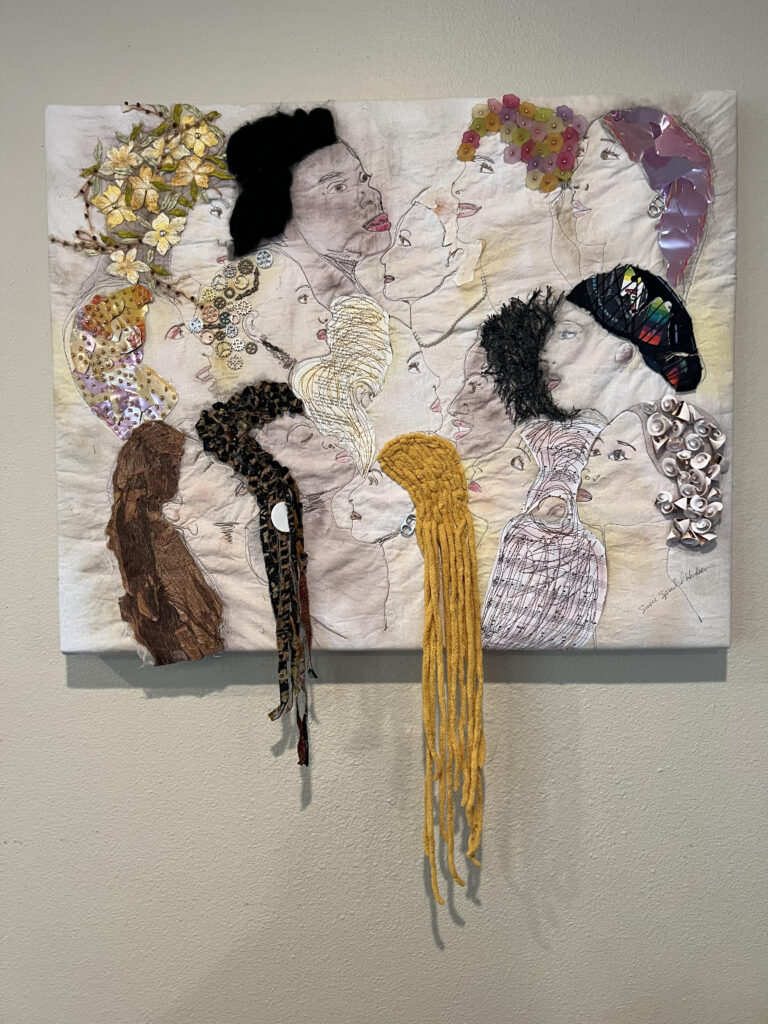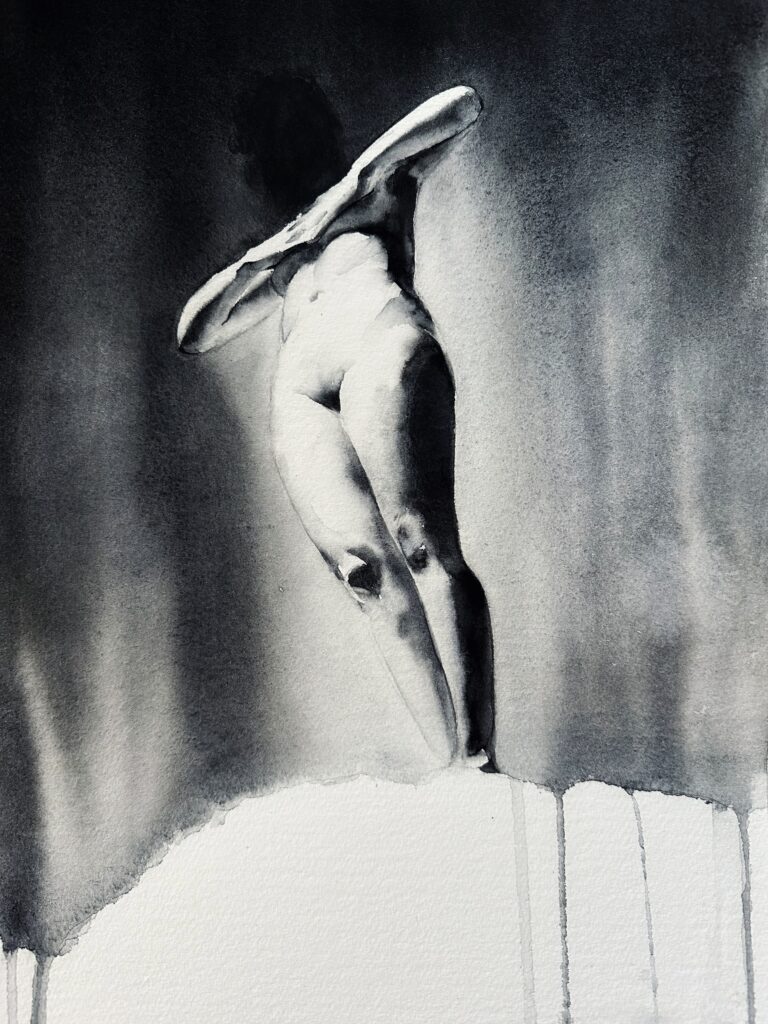
How Artist Handy Beag’s Art Helped her Find Strength and Heal from Trauma
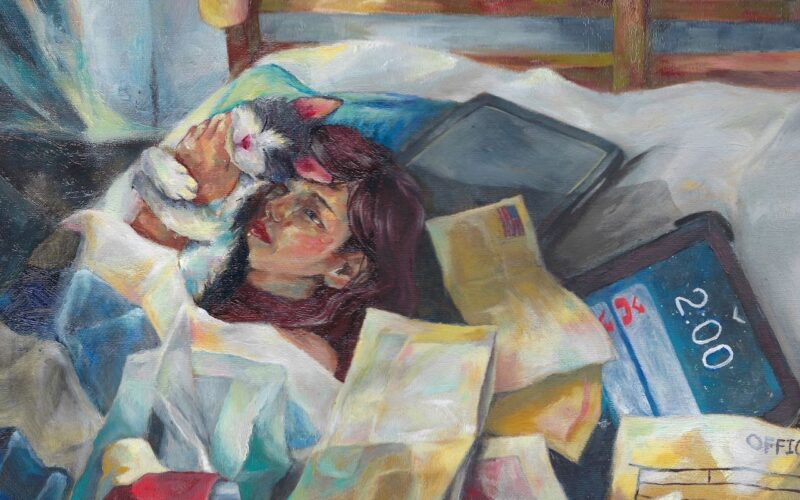

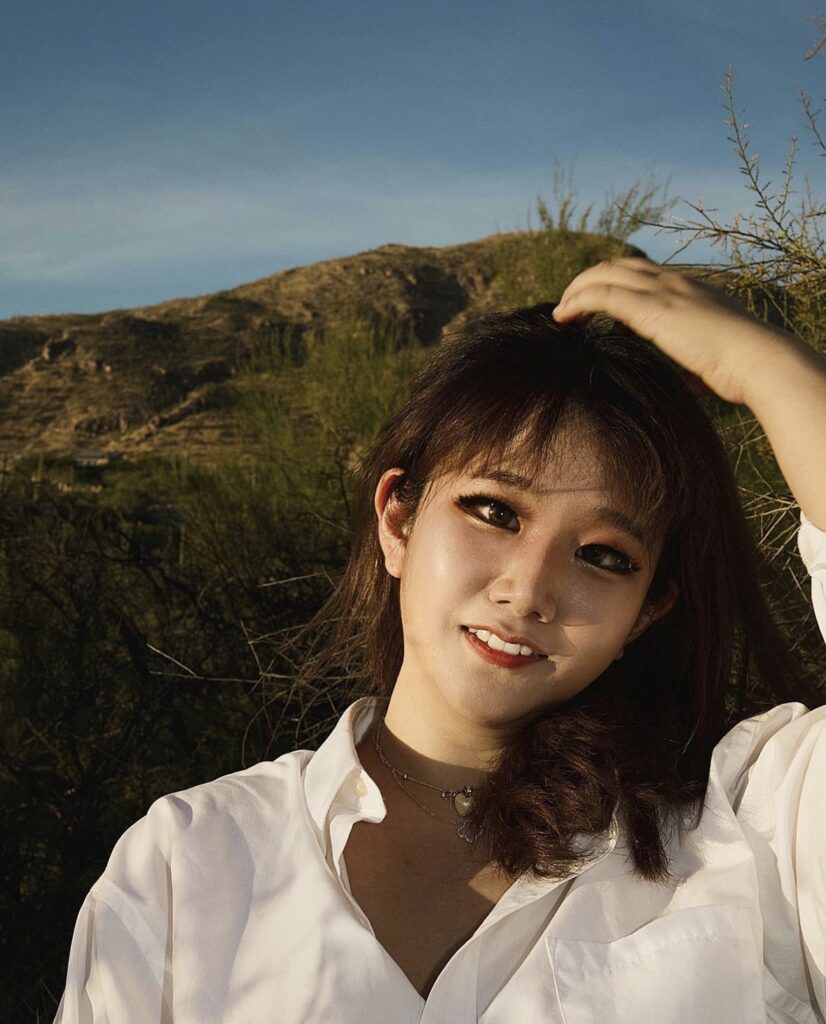
Handy Beag is a Korean American artist whose work is deeply influenced by her personal experiences and travels. In this interview, she shares the personal journey behind her art, from growing up in Seoul to living in the U.S. and traveling to over 20 countries. Beag opens up about how these different places and cultures have influenced her creative style and how her background in education and art therapy has shaped her approach to art.
She also talks about using self-portraiture to process her experiences as a survivor of domestic violence and how her struggle with face blindness has given her a unique way of seeing and capturing the world. Through her paintings, Beag wants to connect with others who have gone through similar struggles, showing how art can be a powerful way to heal and express emotions. She opens up about her personal growth, and how she uses creativity to turn pain into something beautiful.
Handy Beag is a featured artist in our book “Lines And Curves.” You can explore her journey and the stories of other artists by purchasing the book here: https://shop.artstoheartsproject.com/products/the-creative-process-book
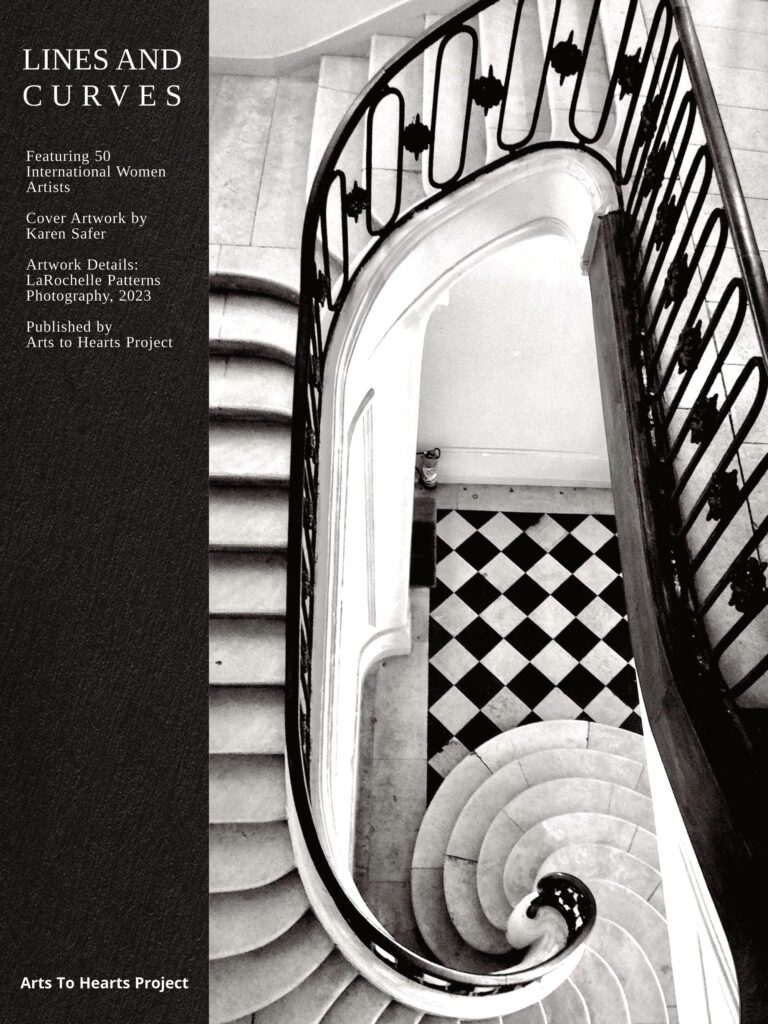
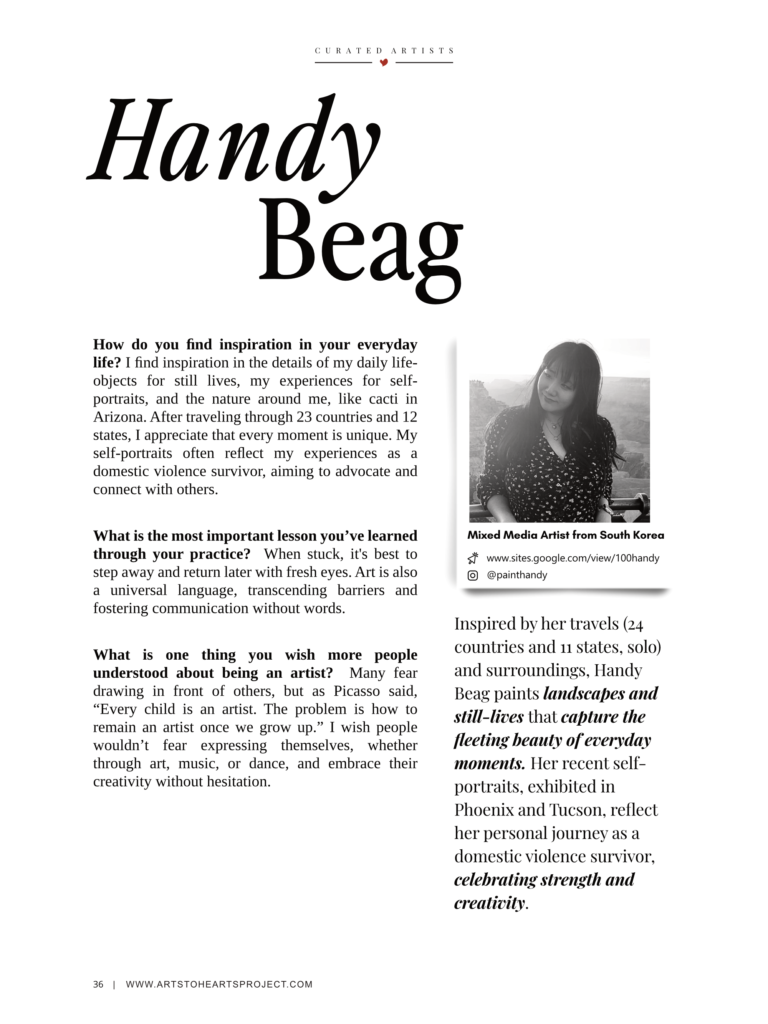
Beag is a Korean American artist pursuing a major in Art and a minor in Business at the University of Arizona in Tucson. Her artistic journey began in Seoul, Republic of Korea, where she attended three colleges before moving to the United States. Starting with watercolor in high school in Gangnam, Korea, Beag navigated through competitive admission processes, eventually securing a spot in an art school in Seoul. After honing her skills, Beag ventured into teaching art in Seoul before moving to Massachusetts in 2017 to explore new mediums. She completed her degree in Tucson, Arizona, after independently traveling to 23 countries, which greatly influenced her artistic perspective. Studying Education and Art Therapy, Beag brings a unique perspective to her work, emphasizing individuality, influenced by her experiences growing up in a closed culture. As a survivor of domestic abuse since 2019, she focuses on self-portraiture with oil paints to document her journey. Additionally, Beag captures spontaneous daily scenes, reflecting her sense of displacement after spending much of her early adulthood in Korea. She describes herself as feeling like “luggage,” a stranger everywhere, which inspires her to capture everyday life with vivid, deep-saturated colors.
1. Beag, how has your experience of living in multiple countries influenced your creative style?
Traveling to 23 countries and 11 states has broadened my perspective but also created challenges regarding my identity. As a proud Korean, I spent only 12% of my 20s in Korea, leading to feelings of disconnection from my roots. Now, I focus on appreciating my surroundings in Arizona, capturing the botanical aspects of my environment through drawing. My art reflects the changes I experience daily, reminding me that I am constantly evolving and that each day brings new possibilities.
I demonstrate how fractions work by cutting pizza and engage my students by showing how painting can be more entertaining than calculus.
Handy Beag
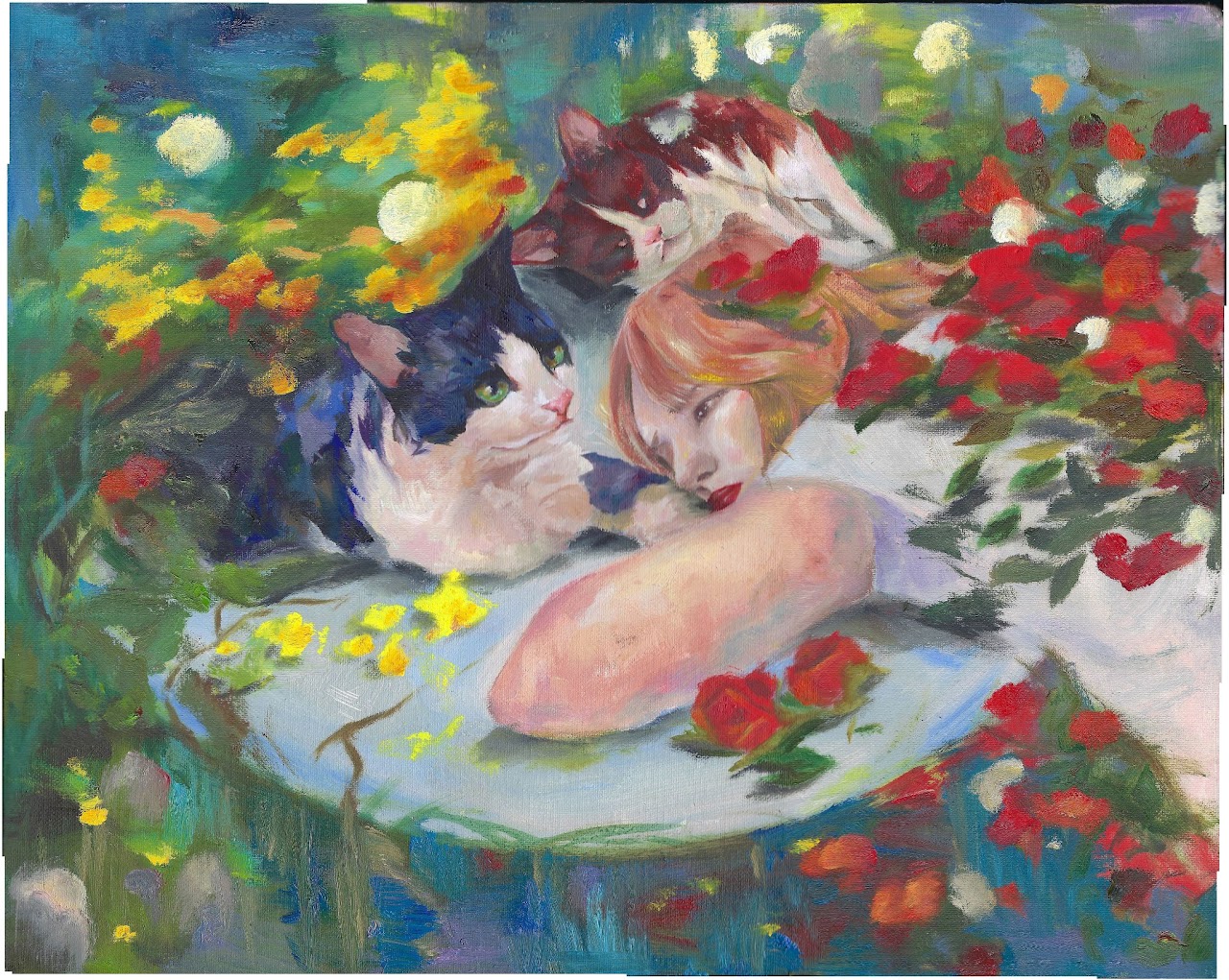
2. Can you share how your education and art therapy background shape your approach to your work?
My journey with art therapy began after a difficult period in my life when I faced domestic violence. When I returned to painting after a two-year hiatus, I noticed sadness permeated my work. Initially, I felt trapped by my emotions, but embracing them became a form of healing. One of my pieces, “2 PM and Rest,” embodies my struggles and confronts my darker experiences. I realized that acknowledging and embracing my emotions can be empowering and transformative.
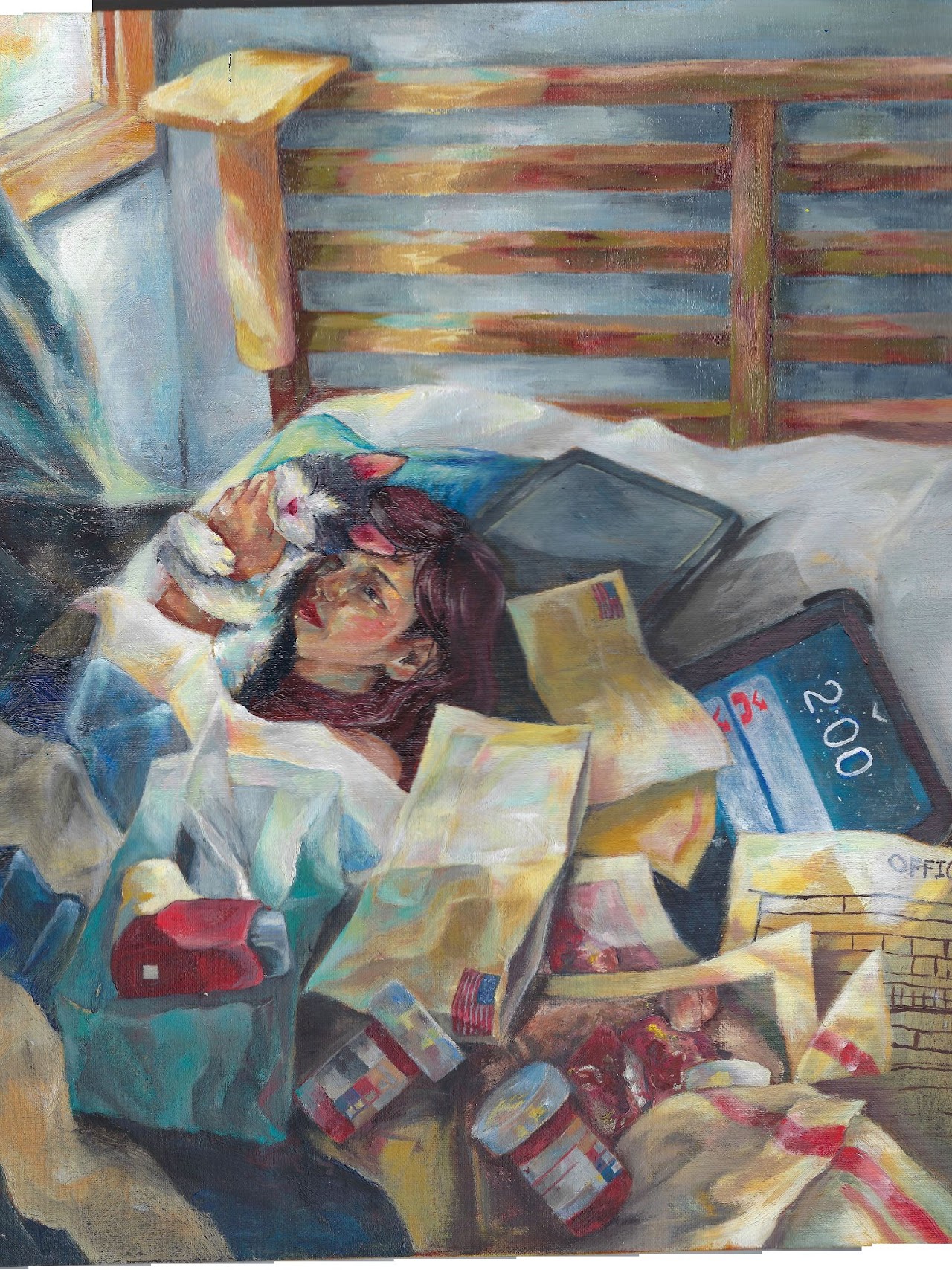
3. What inspired your focus on self-portraits as a way to process your experiences as a survivor?
My focus on self-portraits stems from a desire to capture my authentic self as I navigate my experiences. After significant incidents, such as domestic violence, it often takes me two to three years to begin painting again. I strive not to ignore what I’ve been through. For instance, following a distressing incident involving homelessness last October, I donated to local shelters to foster compassion rather than hate towards that community. I want to highlight that the homeless population includes minors who are often vulnerable to extreme crimes. My process involves acknowledging these experiences while ensuring they do not lead to negative feelings toward certain groups.

4. How do you interpret your face blindness in your portraiture, and what does it mean for your art expression?
My experience of face blindness feels like observing a group of graffiti: I see individuals but struggle to remember their faces. I often don’t recognize my own reflection in the mirror or my family on the street, which heightens my anxiety, especially after traumatic incidents when I worry I might not recognize an offender if I encounter them again. However, this unique perspective allows me to notice other details, much like color blindness enables one to see colors differently. I focus on the overall aura and subtleties of individuals—like their walking patterns or makeup choices—offering a rich narrative through my portraits that reflects my unique way of seeing the world.
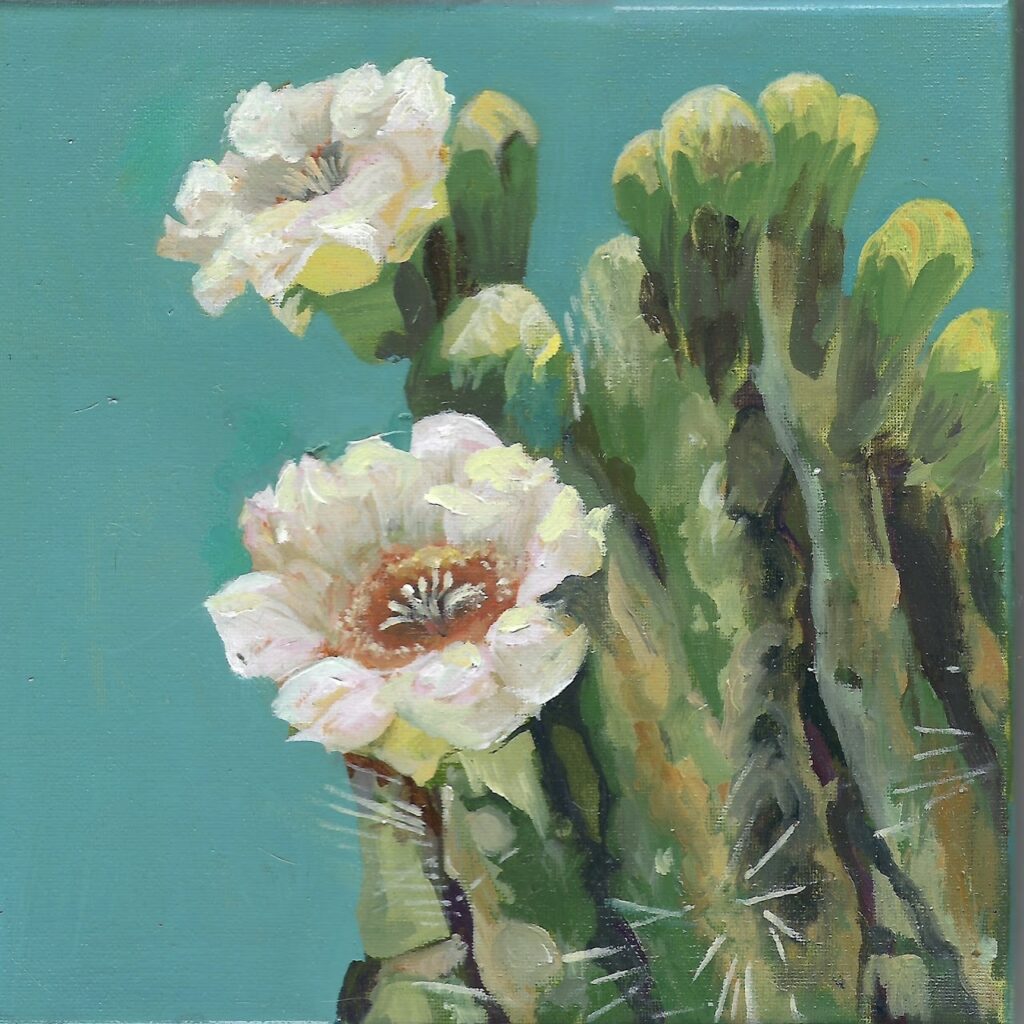
My journey as an artist has been shaped by my diverse experiences and continues to evolve, enriching both my personal and professional life.
Handy Beag
5. What drew you to explore themes of daily life and nature, like cacti, in your recent works?
Earlier this year, I had the opportunity to fundraise for Tohono Chul Garden and Gallery by donating some of my botanical paintings. Living in Arizona has deepened my appreciation for cacti, prompting me to zoom in on the beauty of nature in my artwork. All of my botanical paintings were sold, which humbly encourages me to continue exploring these themes.
6. How do you see your art as a means of connecting with others who have shared similar struggles?
As I mentioned earlier, my experiences with art therapy have shown me the importance of sharing personal stories. I often start by sharing my journey and allowing others to join in. A memorable moment was at a museum in Seoul, where a painting depicting a body infested with maggots deeply resonated with me. It validated my feelings surrounding my experiences of sexual assault. Moreover, reading survivor stories about domestic violence pushed me to confront my situation and seek change. By sharing my art and experiences, I hope to foster understanding and courage in others, especially in a culture that often silences victims. I aim for my visual journal to inspire empathy and reflection on shared struggles.
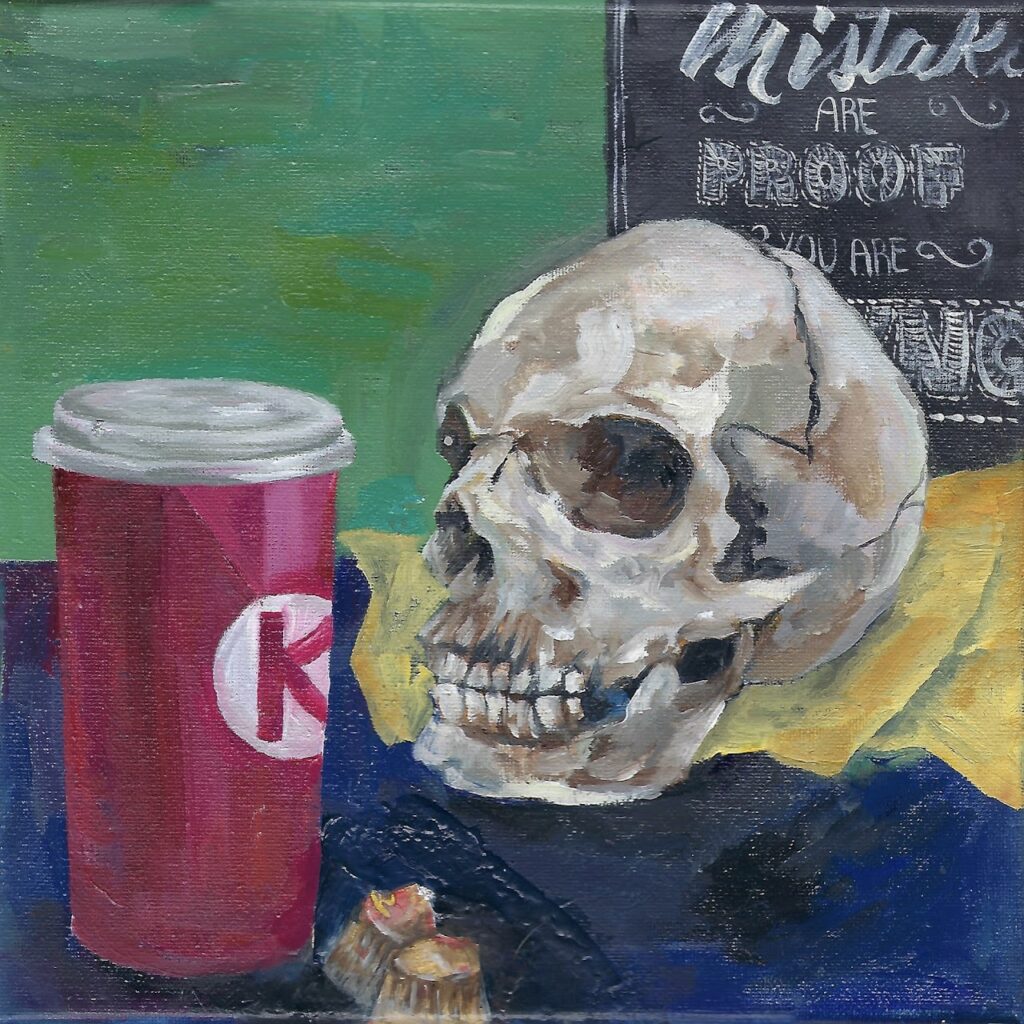
Beag’s art is more than just beautiful paintings; it’s a way for her to express her emotions, reflect on her past, and connect with people who have faced their struggles. In this interview, she shows how art can be a powerful tool for healing and self-expression. To learn more about Beag, click the following links to visit her profile.
Arts to Hearts Project is a global media, publishing, and education company for
Artists & Creatives. where an international audience will see your work of art patrons, collectors, gallerists, and fellow artists. Access exclusive publishing opportunities and over 1,000 resources to grow your career and connect with like-minded creatives worldwide. Click here to learn about our open calls.







